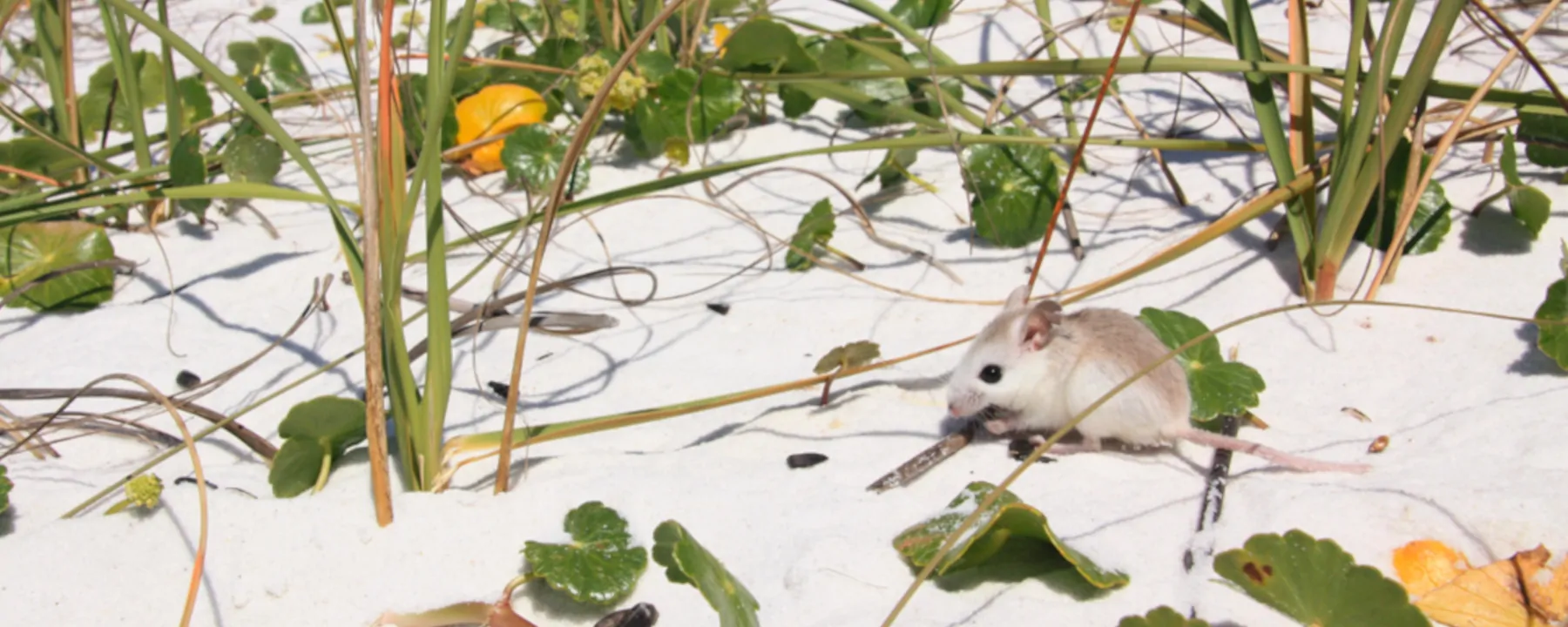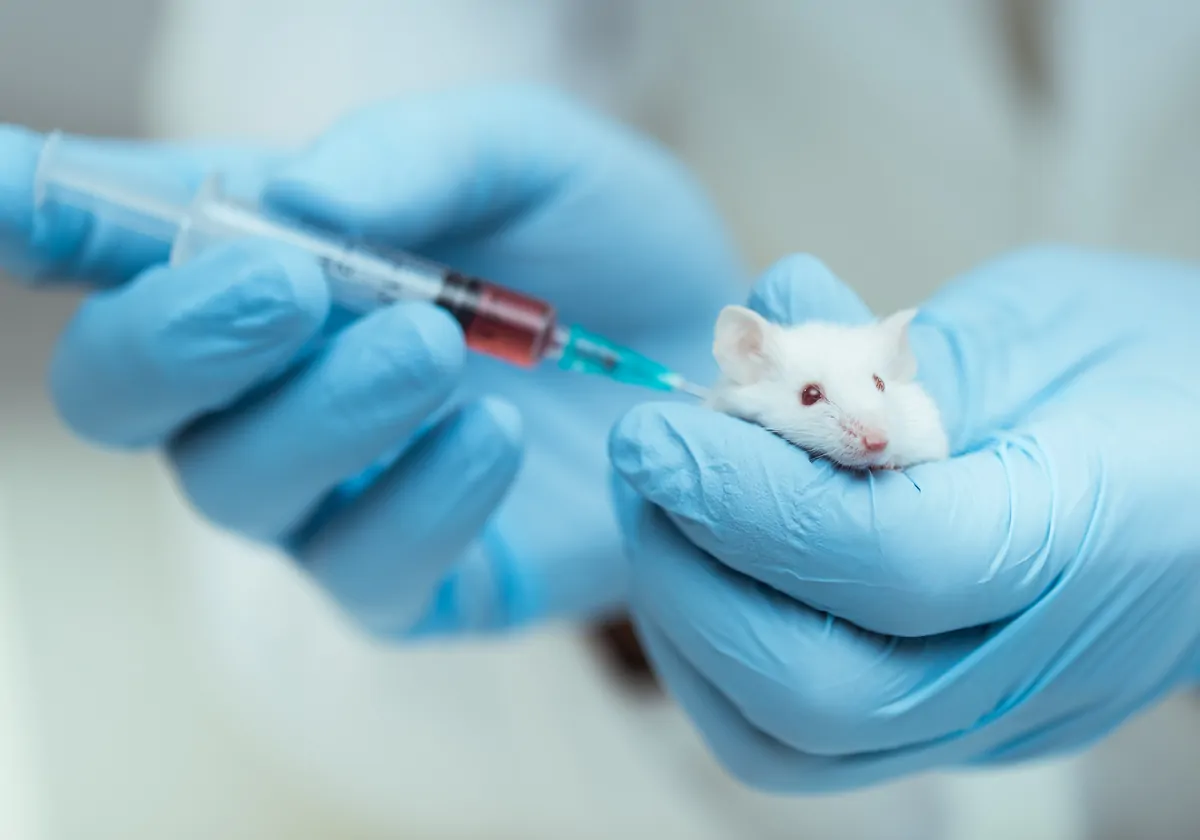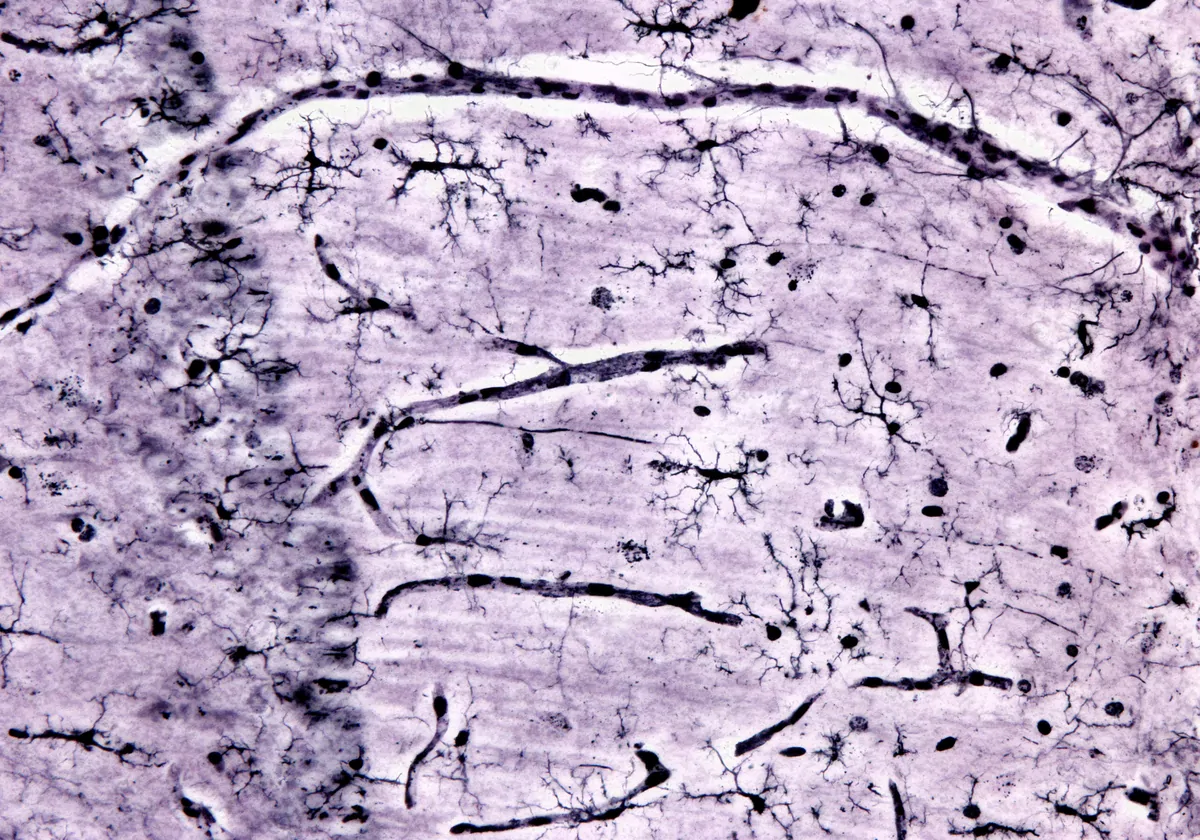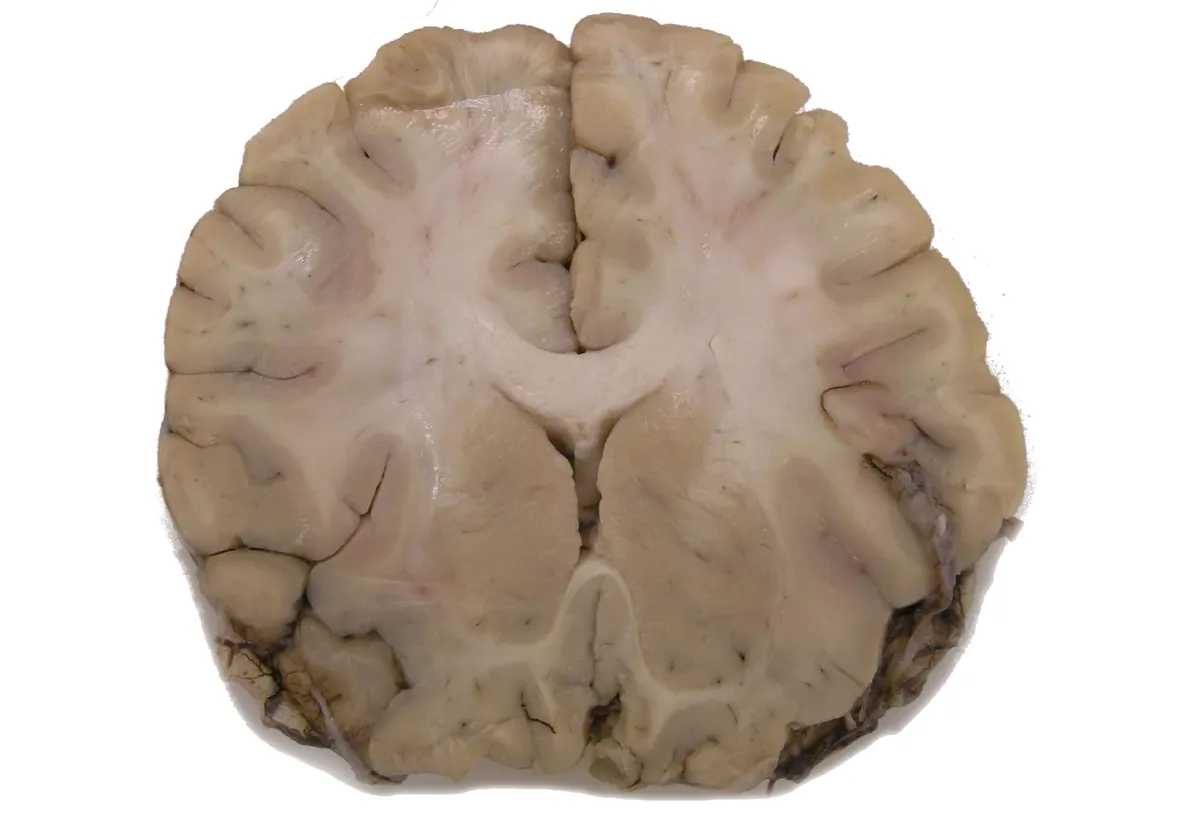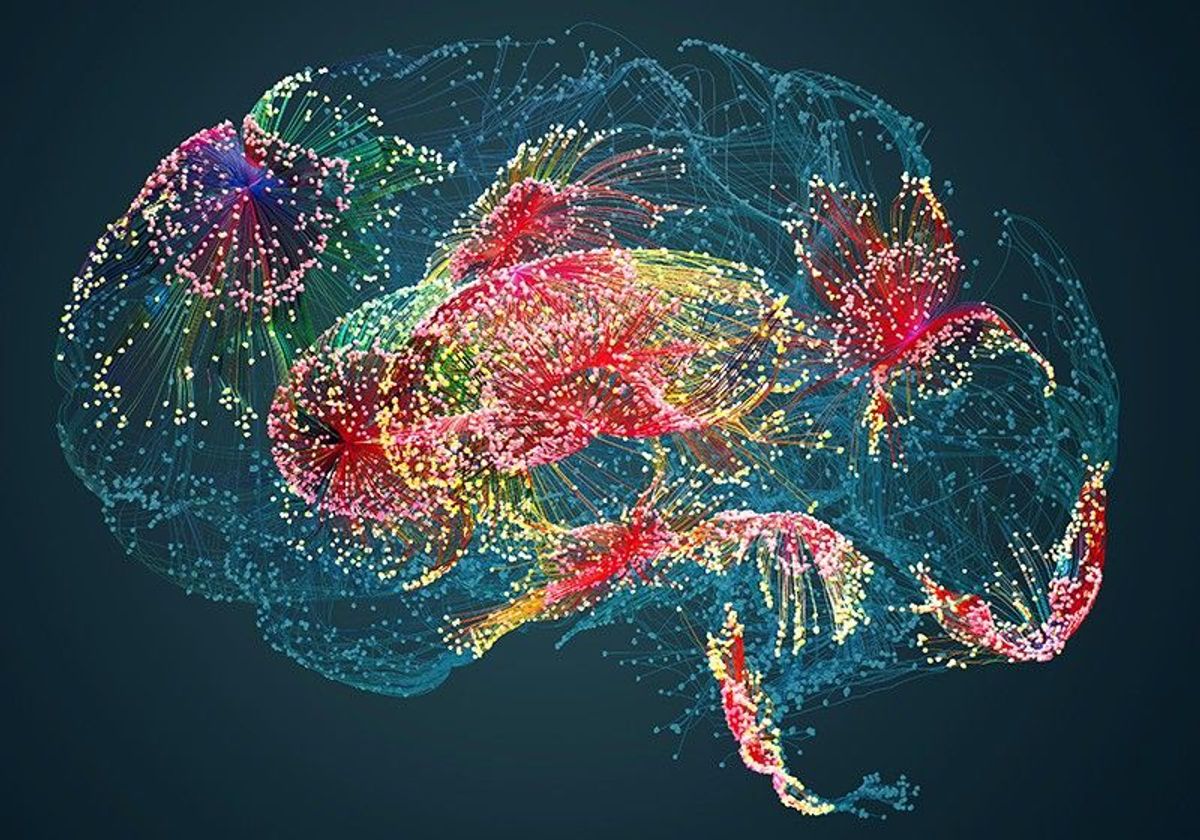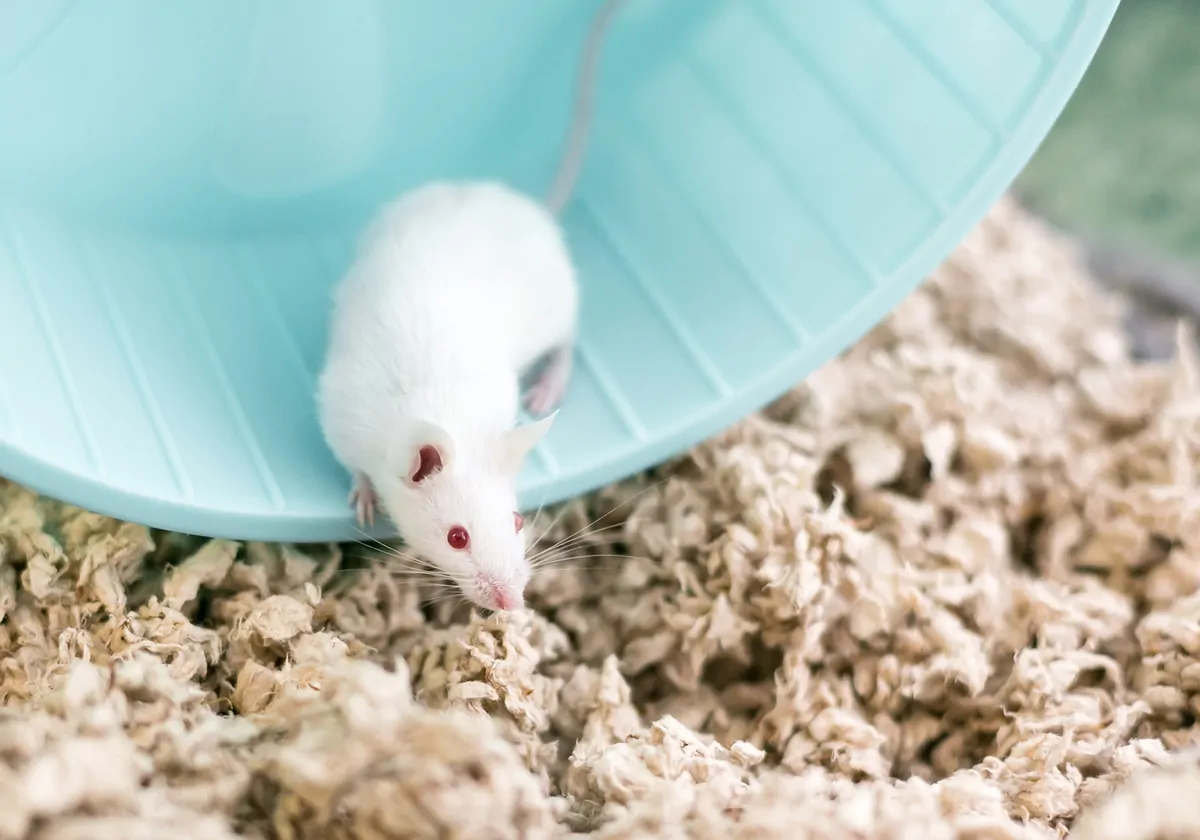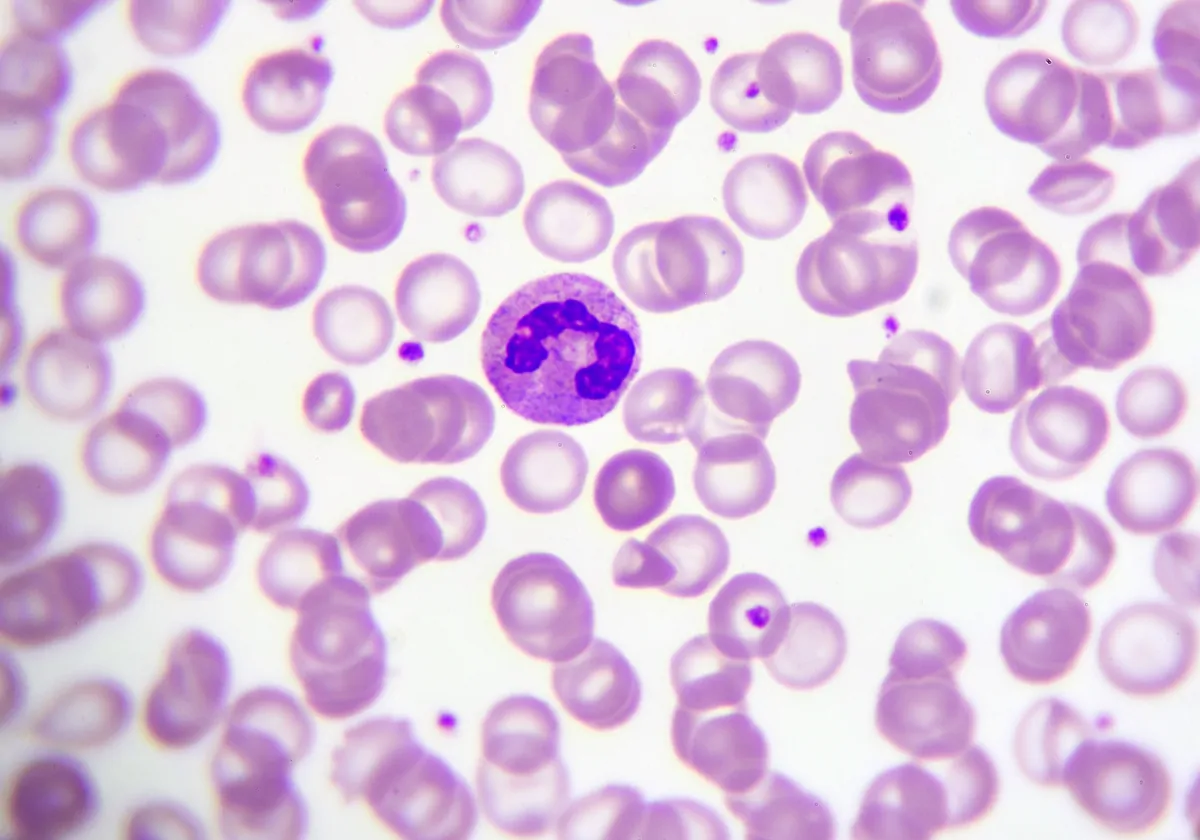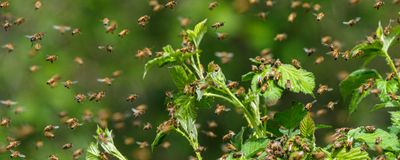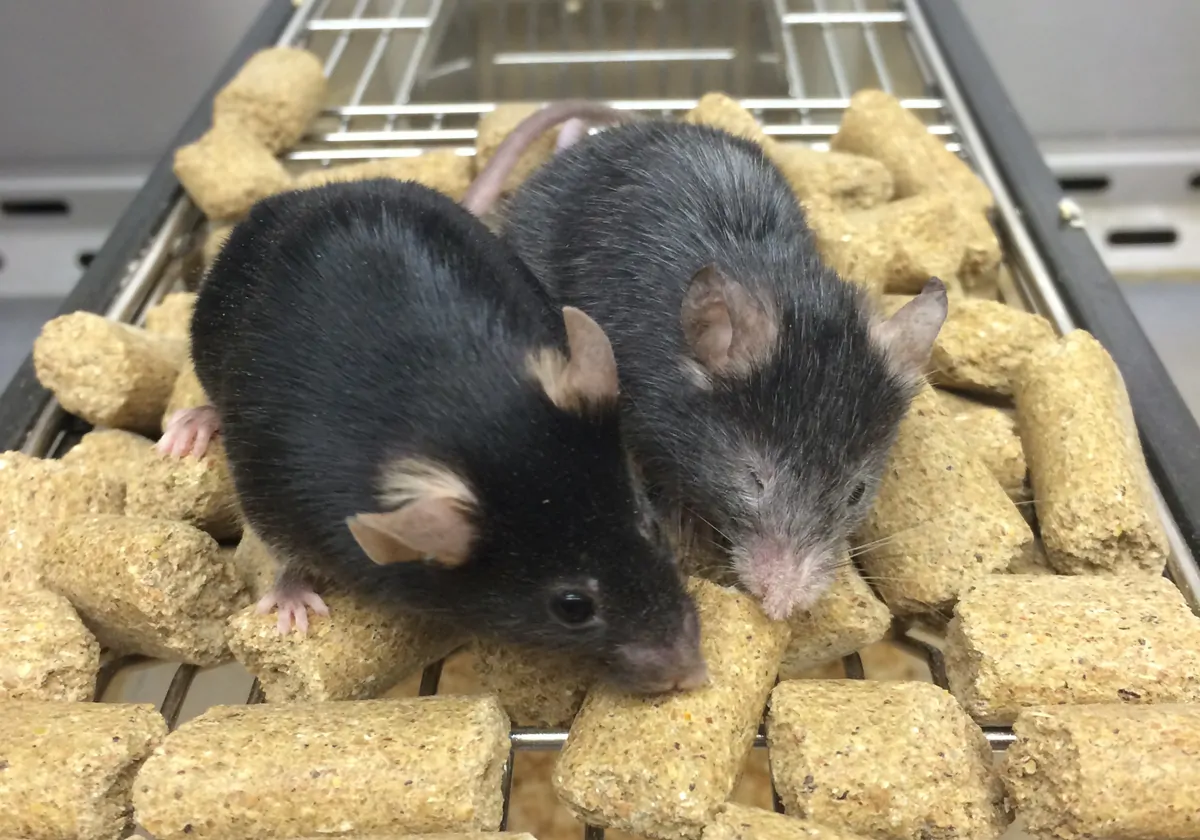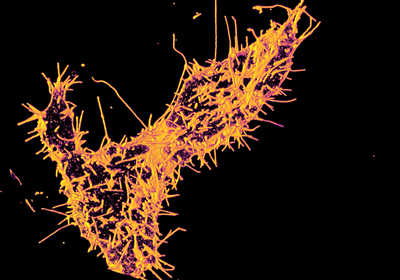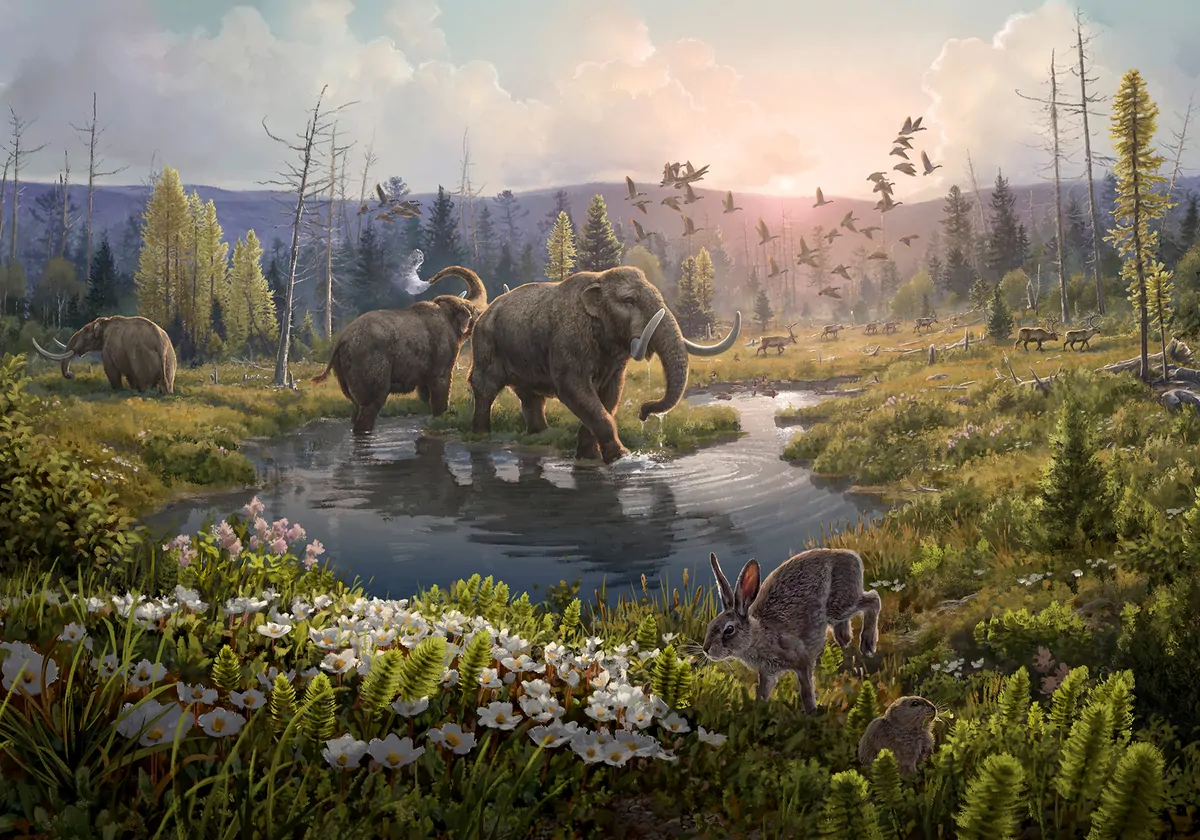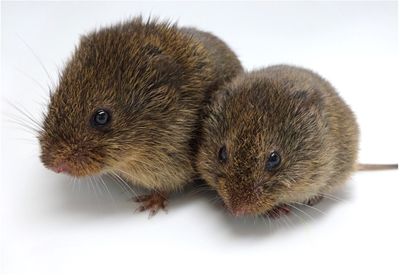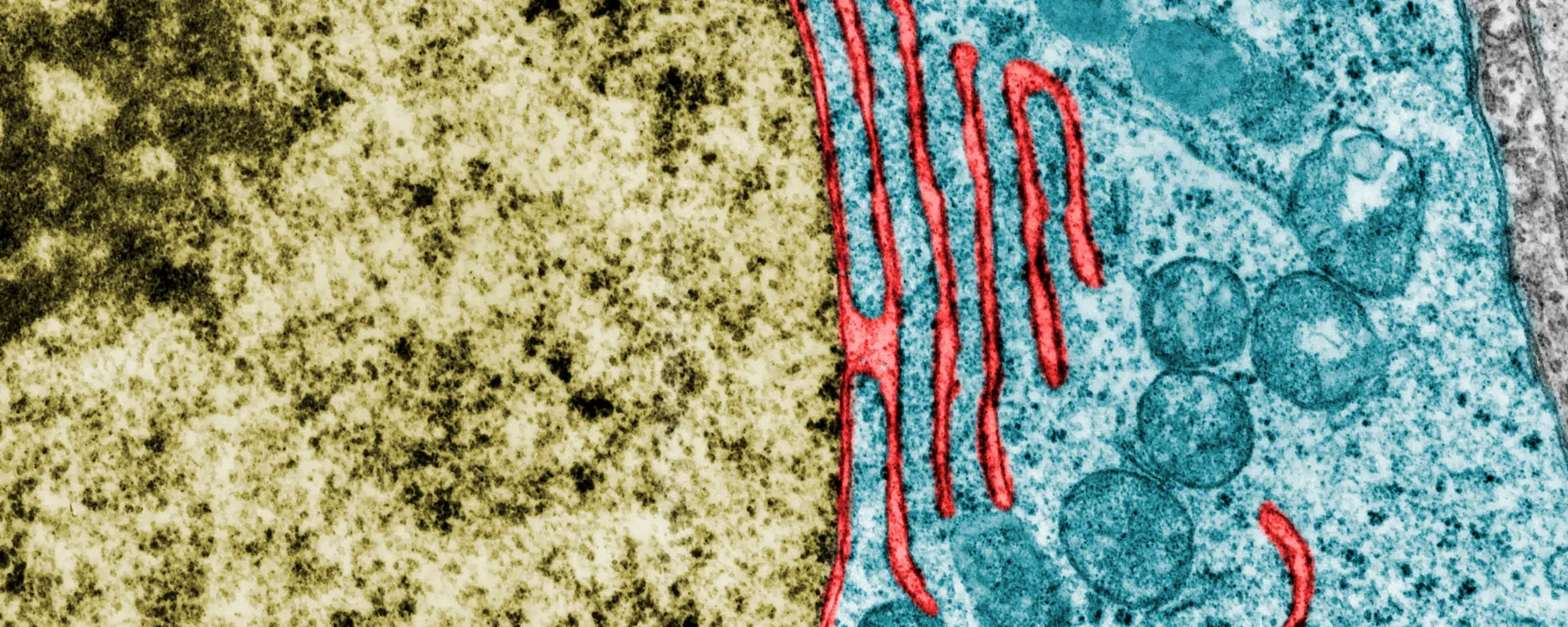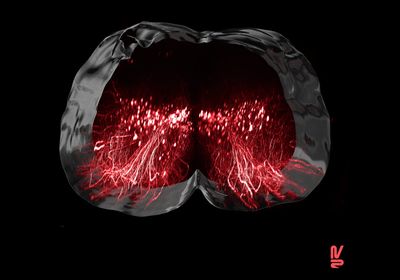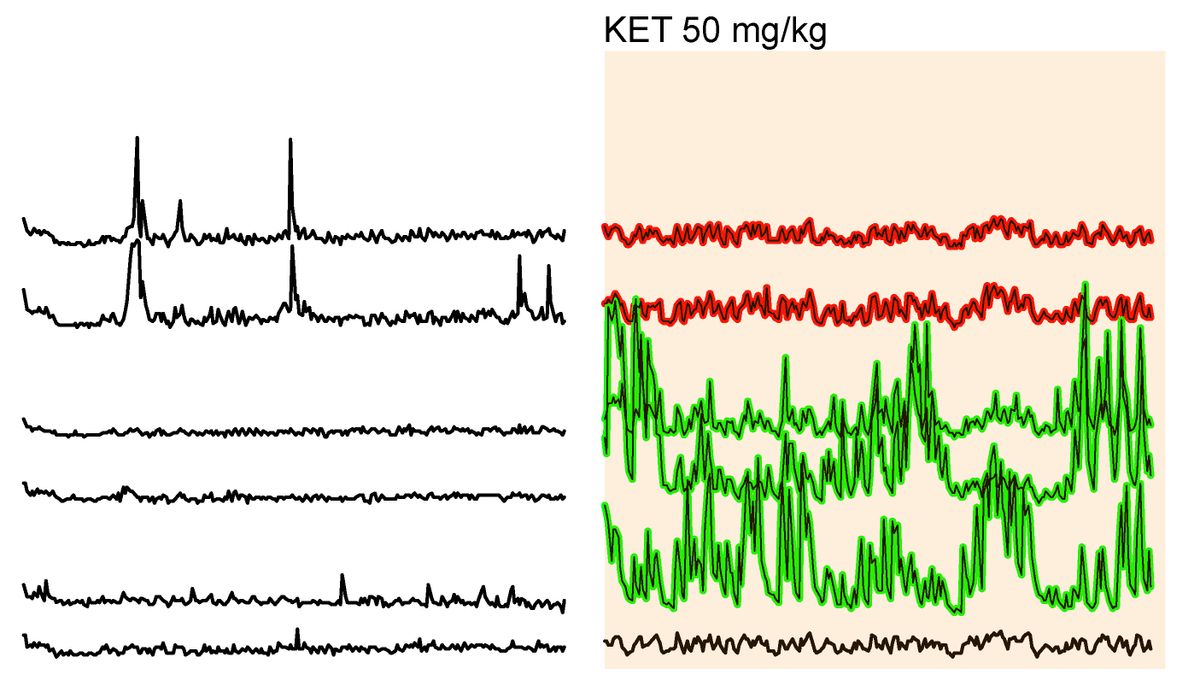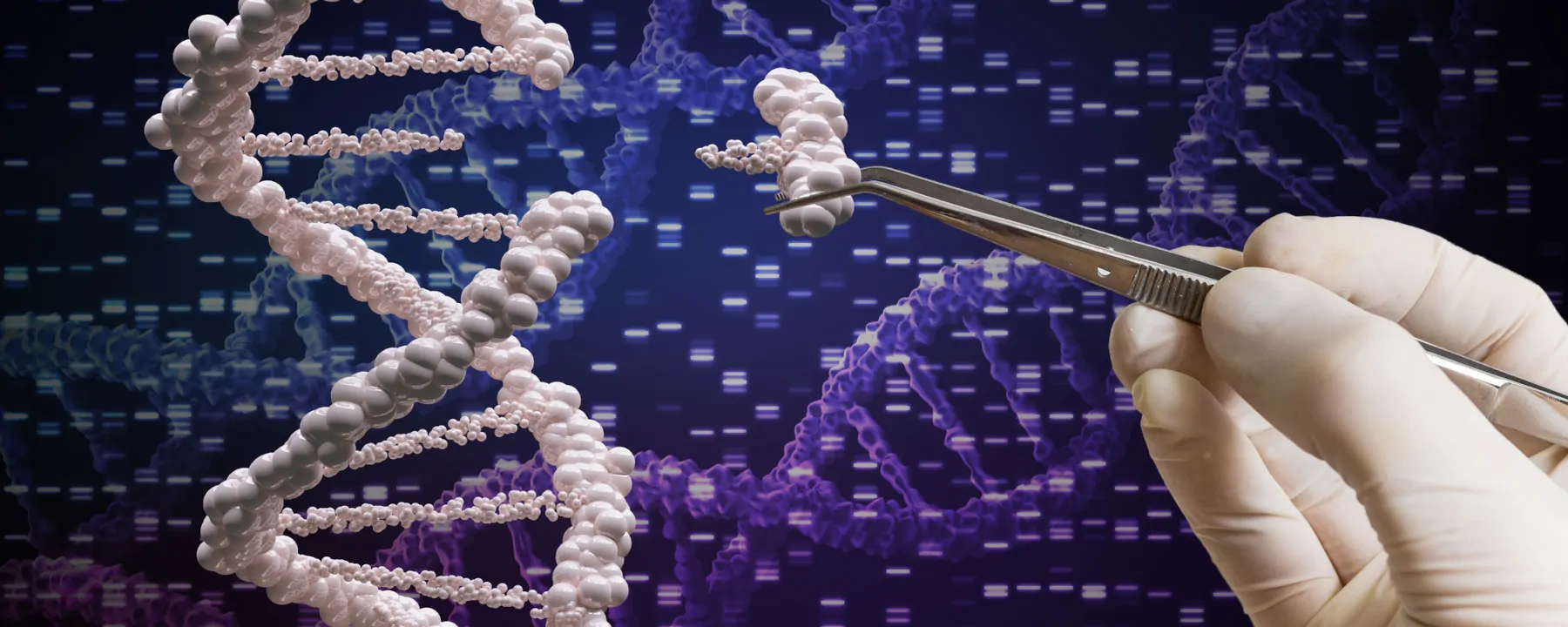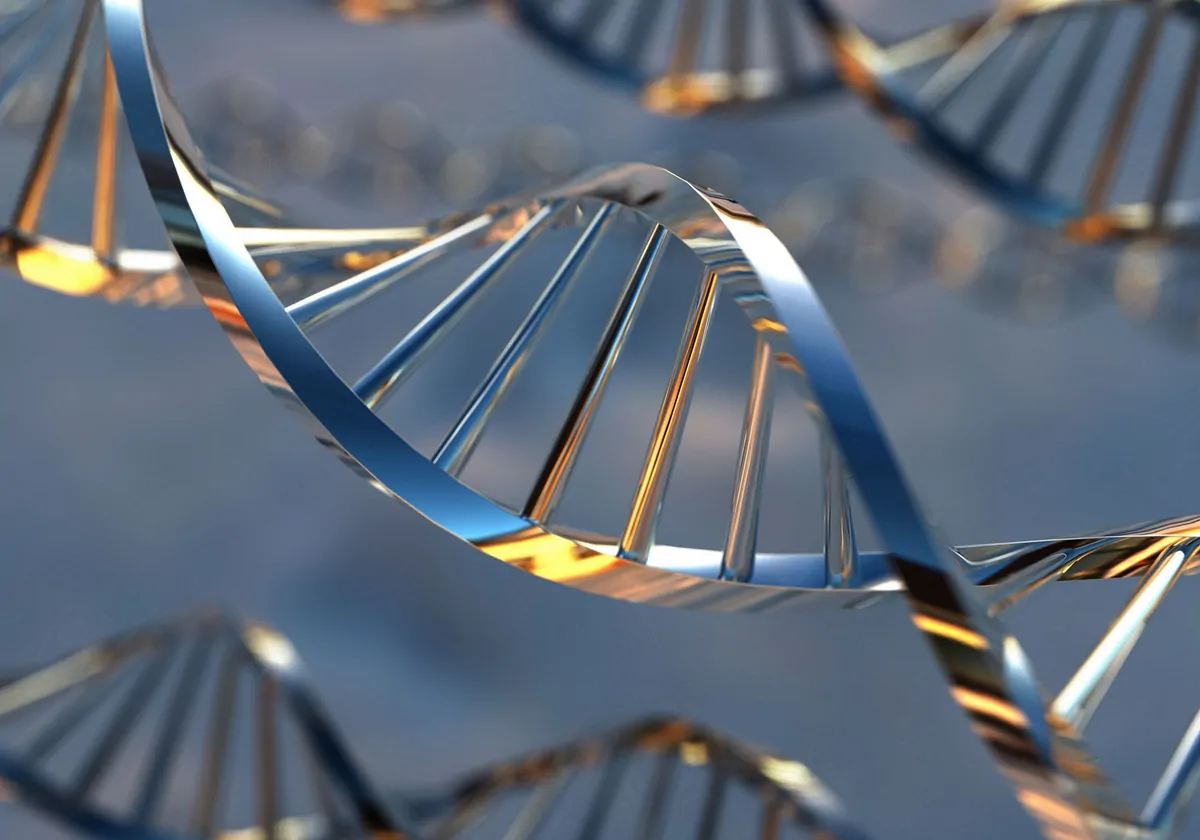A new modeling technique aims to help scientists and policymakers detect declines in genetic diversity based on habitat loss.
ABOVE:Genetic diversity in deer mice creates differences in coat color.NICOLE BEDFORD
Nearly one fifth of the genetic diversity of the planet’s most vulnerable species may already be lost, an analysis published today (September 22) in Science finds. If accurate, it would mean that many species are already below a conservation threshold proposed last year by the Convention on Biological Diversity (CBD) a part of the United Nations Environment Programme.
Calculating lost genetic diversity
Moisés Expósito-Alonso was in his back yard in Menlo Park, California, last year reading a monograph on the unified theory of biodiversity—“kind of a nerd thing to do,” he says—when an idea dawned on him. He kept seeing concepts related to biodiversity and realized that those concepts should also relate to the genetic diversity of a given species.
Expósito-Alonso, an evolutionary geneticist and ecologist at Stanford University, says that one equation in particular caught his eye: the species-area relationship (SAR), a function that predicts that species-level biodiversity becomes richer as habitat area expands. Essentially, it says that “when you explore ecosystems, you continuously find more species because you find more little niches to which different species have adapted,” he says. And as humans have increasingly carved up ecosystems for our own purposes, the SAR holds that the reverse is also true—shrinking habitat areas diminish species biodiversity. Researchers have used the SAR to estimate extinction rates, and it has been cited in policy-making decisions, Expósito-Alonso says; so, he began to wonder if a genetic diversity equivalent existed that could analogously predict how habitat loss reduces genetic diversity.
Unlike species extinctions that can be observed, genetic diversity loss is much harder to detect. “I feel it’s like an invisible extinction to our eyes, but it’s probably one of the largest extinctions that is happening,” he says. And, so far, it hasn’t been garnering the attention Expósito-Alonso says it deserved.
I feel it’s like an invisible extinction to our eyes, but it’s probably one of the largest extinctions that is happening.
—Moisés Expósito-Alonso, Stanford University
Though, it has gotten some. Also last year, the CBD published a draft biodiversity framework proposing a goal of preserving 90 percent of the genetic diversity for every species on Earth. “However, they did not provide what the current estimates [are] nor how we’re going to track this, because we don’t have genomes for most species,” Expósito-Alonso says, “So how do we track this?”
That question impelled Expósito-Alonso and his colleagues to develop a methodology to estimate changes to global genetic diversity based on how much suitable habitat has been lost. The results demonstrate that a relationship similar to SAR exists for genetic diversity. By measuring the frequency of genetic mutations across a landscape to assess geospatial genetic diversity, the researchers define what they call the mutations-area relationship (MAR). Combining the new technique with previous estimates that humans have transformed between 34 and 50 percent of Earth’s land area for urban or crop use, the technique suggests that habitat destruction could have triggered the loss of as much as 10 to 16 percent of global genetic diversity.
“Genetic diversity monitoring and protection is something that is lacking, largely due to the fact that genetic data is very hard to produce,” says Deborah Leigh, a conservation biologist at the Swiss Federal Research Institute who was not involved in the research. “And so I thought that this was a very innovative and interesting approach to tackle that question.”
How habitat loss affects genetic diversity
Back when Expósito-Alonso had his backyard revelation, before he began work on the new study, he kept the idea of a potential mutation-area relationship to himself because he wasn’t sure it would pan out. “Nature is messy,” he says, and data don’t always fit the trends one expects. He first tested his hypothesis on the thale cress (Arabidopsis thaliana), which he calls “the mouse model of plants” because it was the first plant to have its entire genome sequenced and is commonly used in biological research. Another advantage of using Arabidopsis genomes is that they’re linked to specific locations, he says, allowing mutations to be tracked spatially.
See “Essential Genes Protected from Mutations”

Genetic diversity in Arabidopsis thaliana creates differences in rosette survival.
MOISÉS EXPÓSITO-ALONSO
Expósito-Alonso’s hunch bore out: Plotting the frequency of mutations that occurred in differently sized regions across the plant’s range revealed a similar trend to the SAR. “[T]here is this mutations-area relationship, where genetic diversity is increasing as we provide more habitats for species,” says Expósito-Alonso. “And vice versa—it is decreasing as we encroach into natural habitats and reduce the space that they have.” As with the SAR, the MAR is a power function, meaning that the number of mutations exponentially rises with larger land areas.
It was only after seeing similar trends in a few other species that Expósito-Alonso invited others to collaborate on what eventually became the new Science paper, he says. All told, the researchers demonstrated the MAR using 1,000 Arabidopsis genomes as well of those of 19 other species for which geospatial genomic data existed, including insects, plants, mammals, and birds. The exponents in the MAR calculated for each species varied, which Expósito-Alonso hypothesizes depends on their mobility in space: Faster-moving organisms can spread their DNA farther, while slow movers don’t disperse their genes in as large of areas. The team used those 20 MAR values to develop a representative global MAR, which is what resulted in their estimate of 10 to 16 percent losses in worldwide genetic diversity.
Leigh says she found it “quite striking” that the global MAR calculation aligned with previous estimates of genetic diversity loss, adding that her own study analyzing changes in genetic data over time found that genetic diversity had declined six percent across 91 species over a mean of 27 generations.
The researchers then assessed how genetic diversity losses varied by conservation threat level, as defined by the International Union for Conservation of Nature’s (IUCN’s) Red List of threatened species. Using the MAR approach, they found that species classified as vulnerable, estimated to have lost around 30 percent of their habitat area, may have lost more than 9 percent of their genetic diversity. Species categorized by the IUCN’s Red List as endangered, with remaining geographic ranges estimated to be less than half of their historic values, may have lost 16 percent or more of their genetic diversity. The relationship predicts that even species not categorized as threatened may be experiencing genetic diversity losses as their habitats shrink.
See “Are We in the Midst of a Sixth Mass Extinction?”
Leigh says that this is an “important result because the IUCN global red list does not currently consider genetic information in . . . listing decisions.” However, she notes that neither her own time-based study nor another previous study that investigated genetic diversity losses using heterozygosity values—a measurement of genetic diversity at a given point in the genome—detected an association with IUCN threat levels, a distinction she chalks up to differences in methodology among the studies.
“I think it’s a new tool in the toolbox,” Leigh says of the MAR. “I think that we need all of these different approaches to work cohesively and see what differences they show to start to really improve genetic monitoring and protection in general.”
Genetic diversity monitoring and protection is something that is lacking, largely due to the fact that genetic data is very hard to produce.
—Deborah Leigh, Swiss Federal Research Institute
Furthermore, Leigh says that her work has shown a similar trend to one identified in this research: Even species that are not considered threatened or endangered are exhibiting declines in genetic diversity. Leigh says that’s another “important finding of this study because it’s showing that it’s not isolated to species in small populations that are going through extensive population declines. And that’s very important because that’s quite a common misconception in the scientific community.”
How much genetic diversity loss is too much?
Expósito-Alonso says that this work is in its beginning stages. Right now, using the MAR approach results in large confidence intervals and wide error margins, partly because so few species are included. The best way to monitor genetic diversity loss is on the ground, he says, reading genomes in the populations of individual species and monitoring how they change over time. “But this is a useful back-of-the-envelope calculation that could be used in species, even if you don’t have their genomes, because it’s based on area,” he says. “And that’s why it makes it helpful to get a global estimate for the United Nations.&rdquo
Katie Millette, a molecular ecologist at McGill University who was not involved with the work, calls this study “groundbreaking” and says that one highlight is that the researchers were able to distinguish between functional mutations (those that impart some benefits) and others. The fact that genetic diversity losses occurred more slowly in functional mutations as compared to neutral ones, she says, “begs the question of, if this relationship is true with species area, then . . . what type of genetic diversity should we be protecting or trying to maintain?”
Expósito-Alonso clarifies that there were only sufficient data to investigate those functional distinctions with Arabidopsis, and his position is that until scientists know more about genetics, we should protect all genetic diversity because, by definition, doing so would capture functional mutations.
Millette also works for GEO BON, a partnership among various countries and institutions that aims to share biodiversity data across the globe, where she helps communicate scientific information to the CBD. She says that the research results pose a big challenge for those countries and parties who have agreed to execute the CBD’s proposed biodiversity framework, as they suggest that “it’s already a lost cause for some species on the Red List that are highly vulnerable or endangered,” she says. “They’ve probably already lost [the] 10 percent genetic diversity that they’re supposed to be protecting.”
See “Conflicts of Interest at Conservation Group IUCN: Investigation”
Expósito-Alonso agrees that it may be too late to achieve the CBD’s goal for some species. “I think for vulnerable and endangered species, it’s very likely that we passed it.” How much genetic diversity loss a species can tolerate is unknown, but he likens it to a long-established “rivet popper” metaphor used to describe the sudden collapse of ecosystems. “If a couple of rivets pop from a plane, the plane still flies. You don’t really know how many you have to lose for the plane to crash” until it happens.
But Leigh says that she’s not as convinced that some threatened species have already passed the point of no return for the UN’s 90 percent preservation goal. While she agrees with the core conclusions of the study, “I’m not sure I agree with that statement in its entirety. But I do agree with the sentiment . . . that we have to protect genetic diversity and advocate for stronger policy-based protection.”
Negotiations on the final language of CBD’s framework are ongoing and are set to be finalized in a December meeting, Millette says. Expósito-Alonso has sent his results to GEO BON in the hopes they’ll be factored into the discussions.
Whether they are or not, gathering further data on more species will help refine the loss estimates from this initial work, Expósito-Alonso says. Instead of relying on the blanket 90 percent benchmark, better estimates will help develop evidence-based targets for preserving genetic diversity with the goal of preventing more “rivets” from popping off—and allowing species to continue to thrive.

